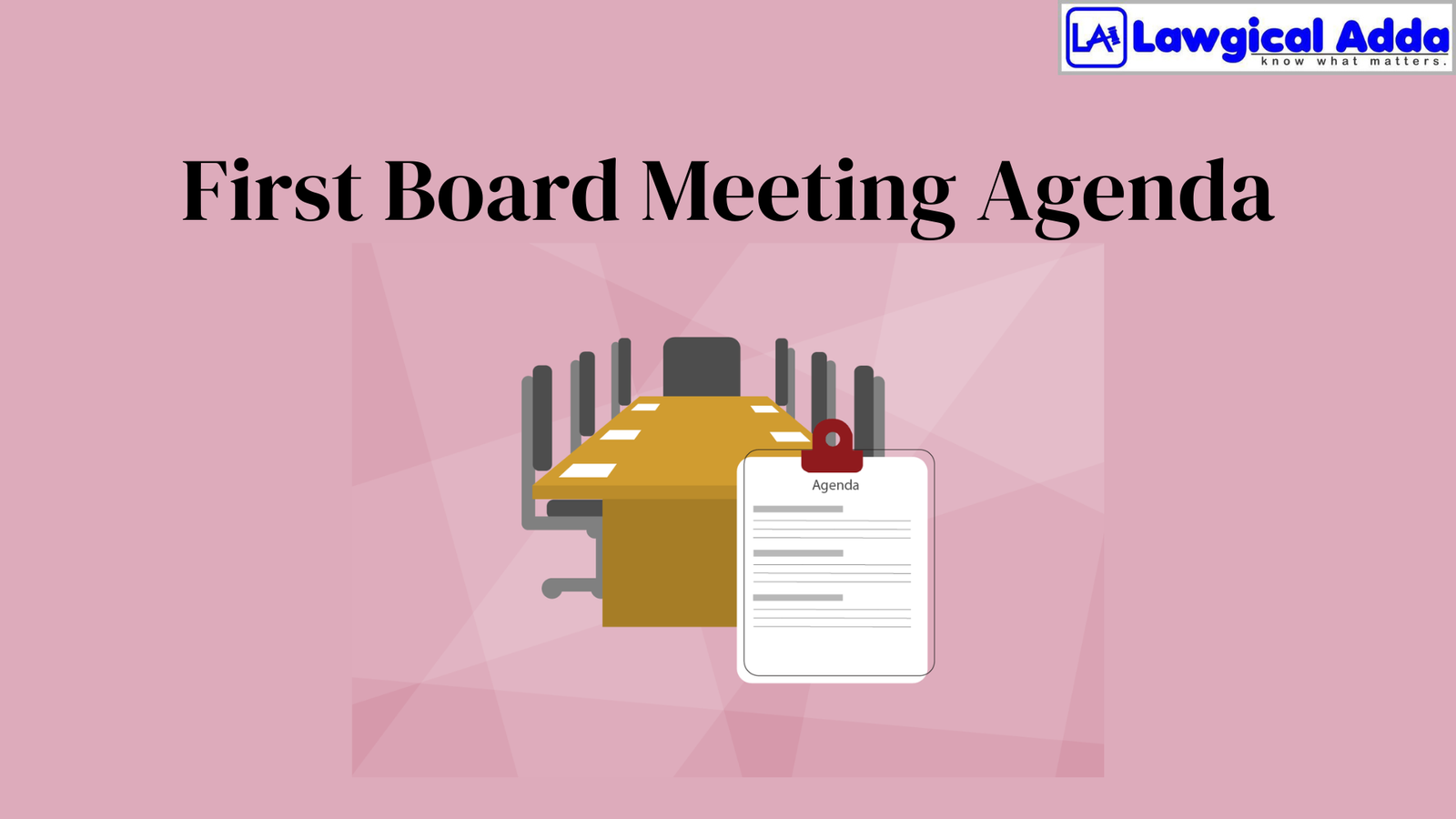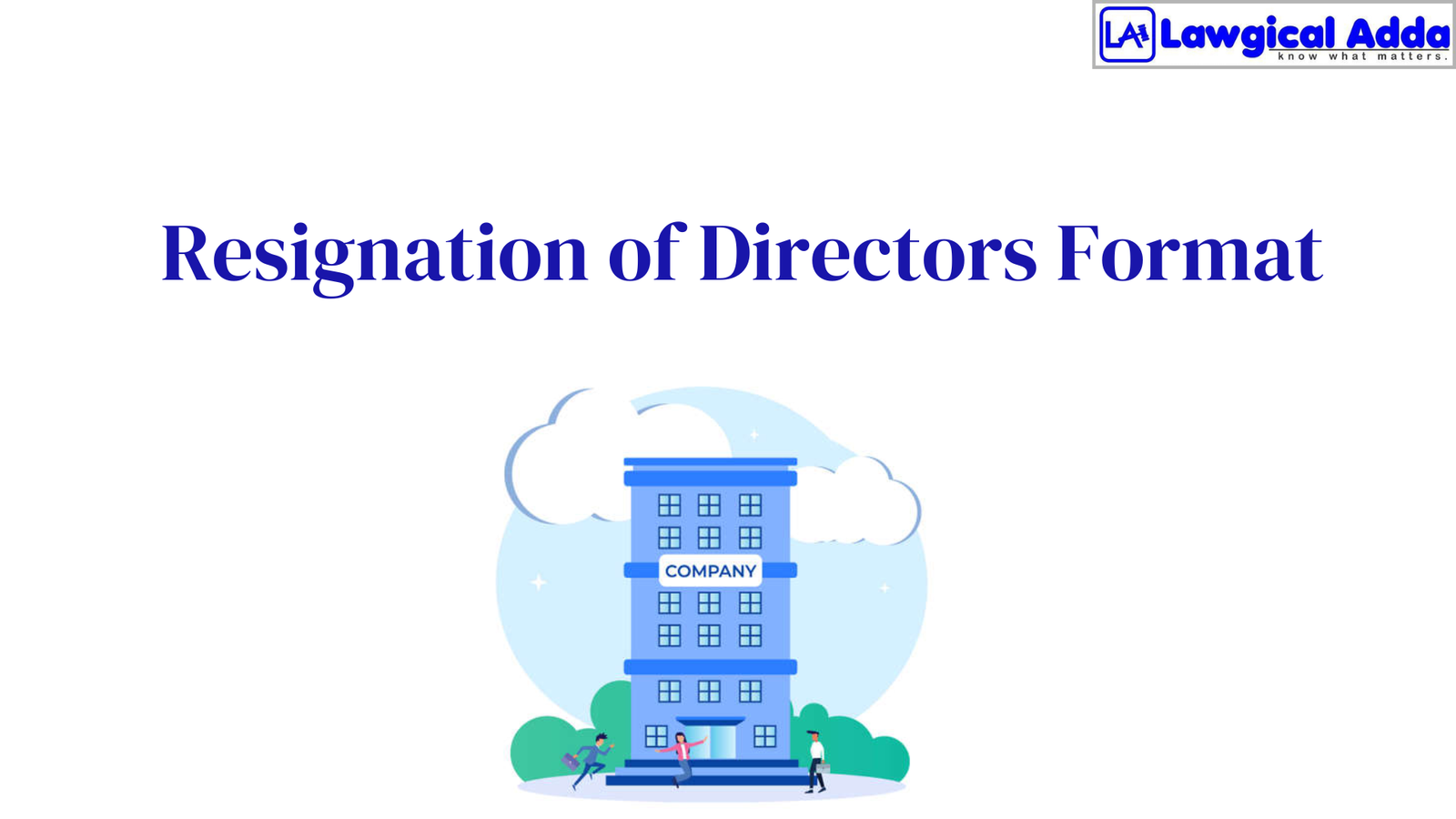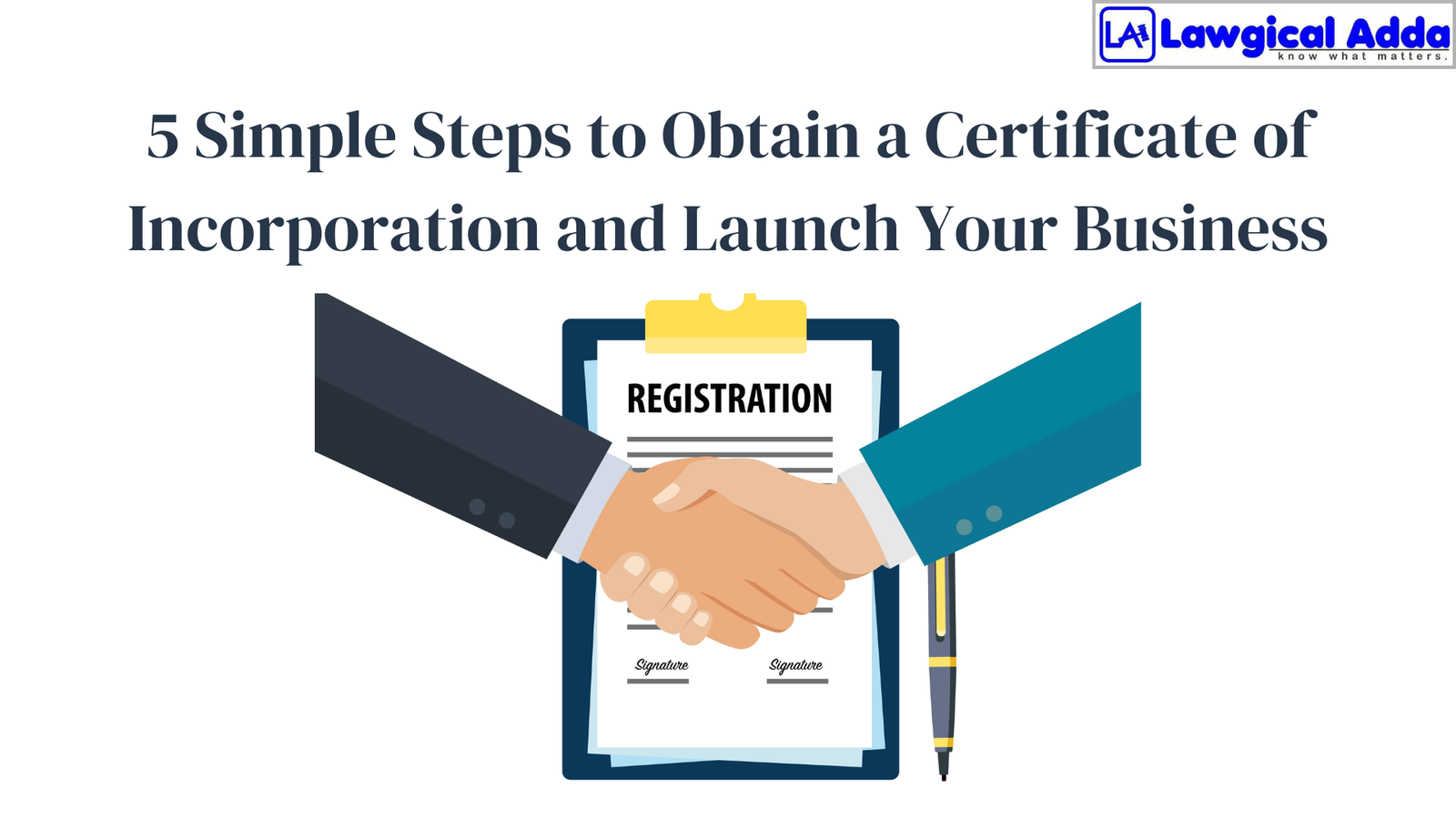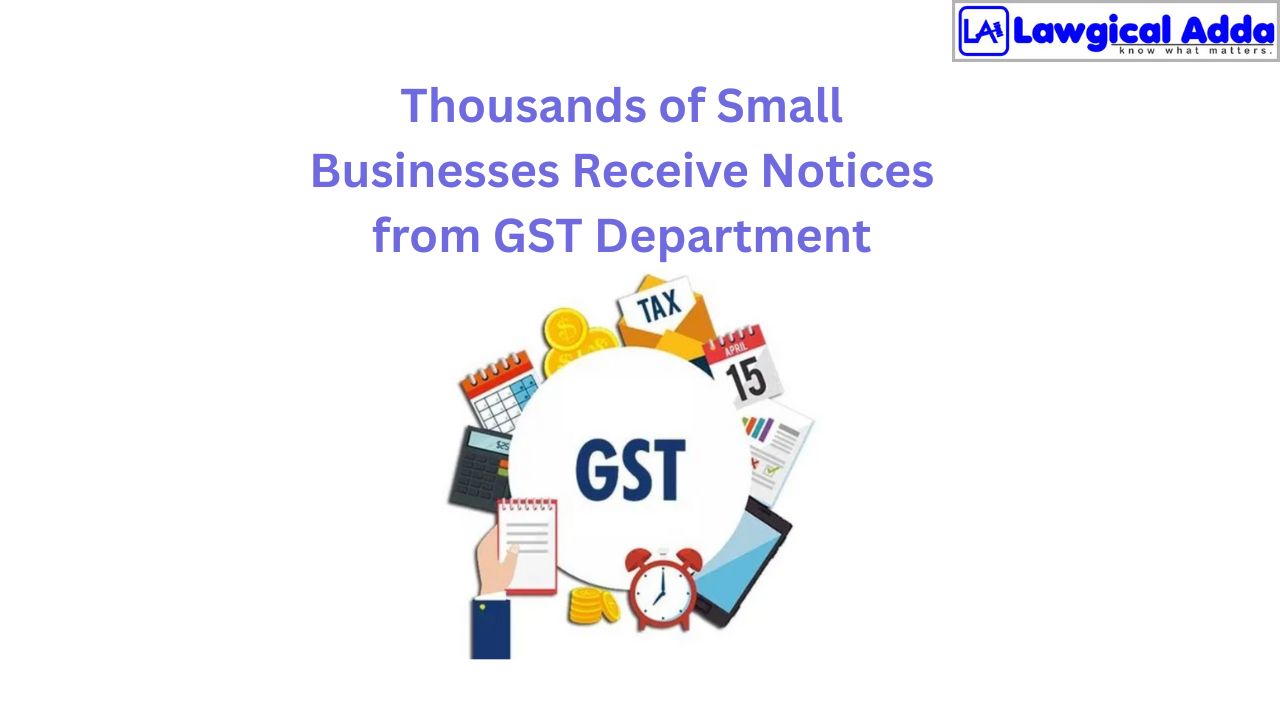First Board Meeting Agenda

Table of Contents
Introduction
Organisations must comply with this requirement after establishing an ROC. There could be negative legal repercussions for noncompliance. This blog provides comprehensive information about the first board meeting agenda, including how to run it, when it should happen, compliance guidelines, what to bring, the board of directors’ roles and responsibilities, and more.
When does a board meeting end?
Board meetings can run anywhere from two to six hours and are usually conducted every two to three months.If the meeting is in person, refreshments (drinks and snacks) will likely be provided, and the person in charge will arrange some breaks.
Since every board meeting aims to maximize time efficiency, the breaks will be short enough to grab a coffee or visit the toilet. Please ask for a break if you need one.
First Board Meeting Agenda
A board meeting’s agenda is usually available, and it is a good idea to know what it contains.
- The board will review the minutes and the business discussed at the previous meeting before the meeting gets underway and members start debating and making decisions.
- After calling for the roll, the chair will start a new discussion and inquire whether anyone has conflicts of interest with any agenda topics.
- Depending on how strategic your board is, the following stage can be an upgrade to your plan.
- Small topics that don’t need to be discussed or decided upon during the meeting, including forthcoming events or received correspondence, will be noted under a section called “items for noting.”
- Lastly, the chair will allow comments and questions about outside the agenda.
Legal Foundation for the First Board Meeting Agenda : Companies Act Section 173
Board meeting frequency, participation procedures, notice obligations, and sanctions for noncompliance are described in Section 173 of the Companies Act. This clause stipulates that all companies must hold their first board meeting agenda within thirty days of incorporation and at least four board meetings annually.
Director participation can be supported through virtual or in-person means, according to the limitations set forth by the government. Furthermore, protocols requiring prior notice guarantee openness and promptness. Other particular legal requirements that must be met at a company’s initial board meeting are as follows:
- Board Meeting Frequency: Every business must hold its first board meeting within thirty days of incorporation, per Section 173 of the Companies Act. The company ought to have four board meetings a year at the very least.
- Director Participation: Depending on the procedure, directors may attend board meetings in person, virtually, or by using other audiovisual tools. In addition to recording the proceedings, including the date and time, these methods should be able to identify and record the directors’ involvement.
Nonetheless, the government may designate inappropriate topics for discussion via video conference or other audiovisual mediums.
- Prior Notice of Board Meetings: Each director at their registered address should receive written notice of a meeting at least seven days in advance. This notice may be delivered in person, by mail, or electronically.
- Penalty for Failure: A twenty-five thousand rupee fine will be imposed on any corporation officer in charge of providing notice under this provision who fails to do so.
- Reduction for OPC, Small Businesses, and Dormant Businesses: Insofar as they hold at least one board meeting every six months, separated by no less than ninety days, one-person businesses, tiny businesses, and dormant firms are considered compliant with this clause.
Crucially, this exemption does not cover one-person companies with just one director on their boards.
Documents Required for the First Board Meeting Agenda are Arranged and Droughted
Several crucial documents that guarantee thorough legal compliance and establish the framework for the company’s governance are placed and drafted at the first board meeting. These documents are the foundation of governance procedures and decision-making processes.
It is part of the detailed preparation to present and draft documents that recognize the company’s legal status and establish its beginning course. The list of required documents that were prepared and presented at the first board meeting is below:
- The incorporation certificate
- The association’s articles and memorandum
- Title Documents for Registered Offices
- Directors’ Notices of Disclosure of Interest
- Information for First Directors
- Records of Auditors’ Appointments
- Resolution for Common Seal Adoption
- Authorisation for Banking Arrangements
- Distribute Certificates Printing Permission
- Approval of Initial Costs and Agreements
- Appointments for Key Managerial Personnel: Approvals
- A Proclamation for the Start of Business
Conclusion
The initial board meeting following incorporation is a critical turning point in the life of a newly formed firm, where strategic choices and legal duties collide.
By exploring the legal framework, compliance responsibilities, and specific agenda topics, this blog has provided an in-depth analysis of the complex procedure involved in organizing and running this initial meeting.
If you’re looking to register a Section 8 Company, Public Limited Company, or Private Limited Company, or need assistance with checking company name availability, reach out to Lawgical Adda for expert support. Focus on what you do the best! Let Lawgical Adda handle the rest. Contact us today!
Lawgical Adda’s solution provides end-to-end management of corporate governance and secretarial compliances, encompassing every phase of the entity life cycle. Don’t hesitate to get in touch with us if you want more information on the compliance standards and to outsource them to us.








